21 Juicy Northeastern American Fruits You Need to Taste
Northeastern American fruits burst with unique regional characteristics that set them apart from produce grown elsewhere.
These delectable treasures thrive in the distinctive climate and rich soil of the northeastern United States.
Local orchards and farms cultivate remarkable varieties that reflect the area's agricultural heritage.
Cool temperatures and precise seasonal shifts contribute to their exceptional flavor profiles and nutritional density.
Passionate farmers carefully nurture these fruits, ensuring each harvest represents the region's agricultural excellence.
The northeastern landscape provides an ideal environment for developing robust and distinctive fruit varieties.
Seasonal changes dramatically influence their growth, creating complex taste experiences that delight food enthusiasts.
Uncover 20 fresh northeastern American fruits that showcase the region's remarkable agricultural bounty:
Northeastern American Fruit Types and Products Worth Tasting
Apples, cranberries, and blueberries shine in the Northeast, alongside famous ciders and preserves. Explore types and products that celebrate the region’s harvests.
Jonathan Apples
Jonathan apples are prized medium-sized red fruits with distinctive sweet-tart flavors originating in 1826 from Woodstock, New York.
These crisp apples boast a thin red skin often highlighted by yellow or green blushes.
Jonathan apples serve as genetic parents to several popular apple varieties like Jonagold and Jonamac.
Their juicy flesh carries a mildly spicy taste profile that makes them versatile for multiple culinary uses.
Fall harvests bring these apples to markets and orchards across regions.
Cooks frequently slice them into tarts, purees, and pies or use them in savory sauces.
Jonathan apples work equally well as fresh eating fruits or cooking ingredients.
Their balanced flavor and crisp texture make them a favorite among apple enthusiasts.
Empire Apples
Empire apples herald a delicious crossbreed between McIntosh and Red Delicious, first developed in New York during 1945.
Bright red with subtle white striations and green blush, these apples boast a creamy white interior with crisp, juicy texture.
Balancing sweet and tart flavors, Empire apples shine in multiple culinary applications from baking to raw preparations.
Fall and mid-winter seasons showcase their peak availability.
Chefs recommend pairing them with sharp cheeses, pears, and warming spices like cinnamon and nutmeg.
Salads and coleslaw benefit from their fresh crunch.
Roasting and sautéing intensify their natural sweetness.
Versatile and refreshing, Empire apples offer a perfect blend of visual appeal and robust flavor.
Cortland Apples
Cortland apples are a beloved American apple variety known for their striking bright red color with dark red streaks and unique green blush, originating from New York State's Agricultural Experiment Station in 1898.
Bred as a cross between Ben Davis and McIntosh apples, Cortlands offer a delightful balance of tart and sweet flavors with crisp white flesh.
Their versatility shines in cooking, making excellent apple sauce, apple butter, and fresh juices.
Farmers harvest these apples during fall through spring, ensuring seasonal availability.
The apple's smooth skin and crisp interior make them perfect for both raw snacking and culinary preparations.
Their genetic lineage contributes to their robust flavor and adaptable nature.
Cortland apples remain a popular choice for consumers seeking a classic American apple variety with rich agricultural heritage.
Granite Beauty Apples
Granite Beauty apples burst with a unique spicy flavor reminiscent of cardamom, making them a standout American variety from New Hampshire.
Round and large, these apples boast a waxy skin covering tender, crisp, and juicy flesh.
Their balanced sugar-acid profile creates a complex taste experience for apple enthusiasts.
Ripening in late fall, Granite Beauty apples excel in baking and dessert applications.
Storage enhances their distinctive spicy notes, intensifying the flavor over time.
Originating in Weare, New Hampshire, these apples offer a memorable eating experience.
Their distinctive texture and taste set them apart from other apple varieties.
Bakers and home cooks prize Granite Beauty apples for their exceptional culinary qualities.
Macoun Apples
Macoun apples are premium New England cultivars beloved for their exceptional sweet-berry flavor and crisp white flesh.
Developed in 1923 at New York's Agricultural Experiment Station, these medium-sized fruits result from crossbreeding McIntosh and Jersey Black varieties.
Rich burgundy to deep purple skins cover their tender, creamy interiors that provide complex berry-like sweetness.
Harvested during fall and early winter, Macoun apples shine in festive pies, fresh snacking, and salad preparations.
Their structural integrity prevents breaking down during baking, making them perfect for pastry recipes.
Fruit enthusiasts prize these apples for outstanding taste and versatile culinary applications.
Named after a famous Canadian fruit breeder, Macouns represent agricultural innovation from early 20th-century research.
Northeastern orchards specialize in cultivating these prized seasonal fruits.
Chenango Strawberry Apples
Chenango Strawberry apples burst with sweet-tart flavors and stunning crimson-white coloration native to New York State.
American farmers discovered this summer apple variety in Lebanon or Chenango County during the 19th century.
Unique skin features a smooth, shiny surface with milky undertones that signal peak ripeness.
Juicy white flesh offers tender and aromatic characteristics perfect for fresh eating and baking.
Harvest occurs within two to three weeks when skin color transforms from green to pink-red.
Short storage life means consumers should eat or process these apples quickly to maintain optimal quality.
Remarkable genetic traits distinguish this variety from standard apple cultivars.
Flavor profiles range from mildly sweet to subtly tangy, making them versatile for multiple culinary applications.
Porter Apples
Porter apples are a historic American variety prized for exceptional pie-making qualities since 1800, originating in Shelburne, Massachusetts.
Fannie Farmer Cookbooks celebrated these medium to large apples for their superior baking performance.
Bright yellow skin often displays crimson red spots, creating an attractive appearance.
Crisp and juicy inner flesh offers a slightly tart flavor profile that remains stable during cooking.
Tender texture ensures apple sections maintain their shape perfectly in baked desserts.
Late summer ripening makes Porter apples a seasonal favorite among baking enthusiasts.
Farmers in Massachusetts first cultivated this apple variety for its reliable culinary characteristics.
Commercial and home bakers continue to value Porter apples for consistent quality and excellent pie-making potential.
Baldwin Apples
Baldwin apples represent a historic Massachusetts variety prized for their exceptional baking and cider-making qualities.
Discovered in the 18th century, these bright red apples feature a creamy, firm flesh with a sweet and crisp flavor profile hinting at spice and apricot notes.
Commercial prominence defined Baldwin apples throughout the 19th century before newer varieties like Red Delicious reduced their market presence.
Available during fall and winter months, these hard apples deliver outstanding performance in traditional recipes like apple pies.
Their robust texture ensures consistent results in culinary applications.
Farmers continue cultivating Baldwin apples, maintaining a connection to agricultural heritage.
Enthusiasts appreciate their unique taste and classic American origins.
Seasonal availability makes Baldwin apples a cherished regional treasure.
Liberty Apples
Liberty apples represent a remarkable breeding breakthrough in disease-resistant fruit cultivation, combining robust genetic traits from Macoun and Purdue 54-12 in a medium-sized apple with stunning dark red exterior.
Grown exclusively in New York, these crisp apples deliver a complex flavor profile blending sweet and tart notes with subtle melon and citrus undertones.
Liberty apples feature a fine-grained, juicy yellow flesh that makes them exceptional for baking, particularly in classic desserts like pies, muffins, and homemade apple sauce.
Fall harvests highlight their peak season, when the apples reach maximum ripeness and flavor intensity.
Their barely visible yellow background creates visual depth against the rich red skin.
Gardeners and farmers prize Liberty apples for their exceptional resistance to common apple tree diseases.
Each apple offers a balanced taste experience that satisfies both sweet and tangy preferences.
Compact and versatile, Liberty apples excel in both fresh eating and cooking applications.
Scott Winter Apples
Scott Winter apples are a resilient American apple variety renowned for their exceptional cold-hardiness and ability to thrive in severe climates.
Originating from Newport, Vermont in 1864, these small to medium-sized apples feature a thin, smooth skin protecting a crisp and exceptionally juicy interior.
Their aromatic flesh delivers a sharp, acidic flavor profile perfect for baking and desserts.
Winter farmers prize these apples for their late-season ripening and remarkable storage capabilities.
Vermont orchards continue cultivating this historic apple variety, ensuring its legacy remains strong.
Bakers especially value Scott Winter apples for creating robust pies and traditional desserts.
Preserved carefully, these apples maintain their distinctive qualities for extended periods.
Nittany Apples
Nittany apples are premium Pennsylvania-bred fruit developed in 1979 through crossbreeding York and Golden Delicious varieties.
Scientists designed these medium to large apples to resist browning and maintain exceptional crisp texture for extended periods.
Their dull to bright red exterior protects firm, slow-oxidizing white flesh with a tart to subtly sweet flavor profile.
Fall harvest makes Nittany apples perfect for creating long-lasting salads, desserts, and preserves like apple butter and applesauce.
Commercial and home orchards value these apples for their versatile culinary applications.
Unique breeding ensures consistent quality across different growing climates.
Advanced agricultural research contributed to their balanced taste and resilient characteristics.
Agriculture specialists consider Nittany apples a successful modern fruit innovation.
Rhode Island Greening Apples
Rhode Island Greening apples are legendary baking champions with an intensely tart flavor profile that softens beautifully during storage.
Native to Rhode Island, these large green apples feature a bright green exterior and creamy, firm white flesh that transforms from sharp to subtly sweet as they mature.
Harvested primarily for cooking, these apples excel in pies, tarts, and traditional American desserts.
Their robust tartness provides excellent structure for baked goods.
Grown extensively in northeastern United States, Rhode Island Greening apples have been cultivated since the mid-19th century.
Historical records suggest they originated near Newport, Rhode Island, around 1830.
Orchardists prize these apples for their exceptional culinary versatility.
Gardeners and home bakers continue to celebrate this classic American apple variety for its distinctive taste and cooking performance.
Yellow Bellflower Apples
Yellow Bellflower apples are a historic American variety originating in New Jersey, recognized as the potential parent of Red Delicious.
Large and oblong-shaped, these apples boast a cream-colored flesh with an exceptionally crisp and juicy texture that bruises easily.
Sweet and slightly tart flavors define their unique taste profile.
Discovered before 1817, Yellow Bellflowers excel in baking applications like pies and applesauce.
Farmers prize them for their aromatic characteristics and distinct shape.
Harvest occurs in late fall, making them a seasonal favorite.
Cider production represents another popular use for these versatile fruits.
Gardeners and apple enthusiasts appreciate their rich heritage and complex flavor nuances.
Smokehouse Apples
Smokehouse apples dominate Pennsylvania's heritage orchards as a distinctive late-summer heirloom variety with deep historical roots dating to 1837.
Originating near Millcreek, these large apples feature a unique rectangular shape with greenish-yellow skin marked by striking red carmine stripes and russet speckling.
Farmers prized Smokehouse apples for their exceptional cooking qualities and balanced sweet-tart flavor profile.
Local growers considered this variety ideal for baking, especially in pies and preserves.
Seedlings likely descended from Vandevere, these robust apples thrive in mid-Atlantic growing regions.
Agricultural records suggest the variety gained popularity through regional farmers' networks.
Orchard specialists recommend Smokehouse apples for their versatile culinary applications.
Subtle russet markings and complex flavor distinguish these classic American apples from more common commercial varieties.
Peck’S Pleasant Apples
Peck's Pleasant apples are classic New England heirloom fruits prized for their exceptional balance of sweet and tart flavors.
Rhode Island farmers developed these medium to large apples around 1832 through careful crossbreeding of Calville Blanc dHiver and Newtown Pippin varieties.
Green to dark red skin covers their crisp, juicy flesh with a complex taste profile.
Orchardists value these apples for fresh eating and baking purposes.
Their medium-sized fruits ripen in late autumn and store exceptionally well through winter months.
Commercial growers find them reliable and consistent.
Each apple carries subtle hints of both parent varieties.
Garden enthusiasts continue cultivating this historic American apple variety for its unique heritage and taste.
Jefferis Apples
Jefferis apples are a historic American apple cultivar from Chester County, Pennsylvania, distinguished by their unique thin-skinned profile and vulnerability to bruising.
Originating in 1830, these medium-sized, round fruits feature slightly flattened ends that give them a distinctive shape.
Their delicate skin requires careful handling during harvesting and transportation.
Farmers and orchardists carefully cultivate these apples with specialized techniques to protect their fragile exterior.
Research suggests they grow well in mid-Atlantic regions with moderate climates.
Commercial production remains limited due to their sensitive nature.
Their flavor profile appeals to heirloom apple enthusiasts seeking traditional varieties.
Collectors and agricultural historians value Jefferis apples for their historical significance in American fruit cultivation.
Hunt Russet Apples
Hunt Russet apples represent a historic American variety cultivated in Concord, Massachusetts since 1750.
These medium-sized apples feature a distinctive yellow skin with a bright red flush and characteristic russet dots covering most of their surface.
Slightly ribbed at the eye, Hunt Russet apples carry a unique appearance that sets them apart from other apple varieties.
Farmers and orchardists have preserved this heritage apple through generations, maintaining its original characteristics.
Agricultural records show these apples have remained consistent in their visual and potential flavor profile.
Massachusetts heritage apple enthusiasts continue to value this traditional variety for its historical significance.
Orchard preservation efforts help maintain genetic diversity in apple cultivation.
Russet apples like Hunt provide a direct connection to early American agricultural practices.
Esopus Spitzenburg Apples
Esopus Spitzenburg apples rank among America's most historic and cherished heirloom fruit varieties with roots tracing back to late 18th-century New York.
George Washington famously cultivated these exceptional apples at Mount Vernon, making them a significant heritage variety.
Harvested during September and October, these apples develop richer flavors after picking, enhancing their complex taste profile.
Crisp and tender with firm flesh, Esopus Spitzenburg apples deliver intense, slightly spicy aromatic notes that delight apple connoisseurs.
Their distinctive red-orange skin covers a yellowish interior with fine-grained, juicy meat.
Farmers in Hudson Valley carefully nurture these trees, maintaining the variety's exceptional quality.
Thomas Jefferson also appreciated these apples in his orchards, further cementing their historical importance.
Culinary experts prize these apples for exceptional baking and fresh eating experiences.
Blue Pearmain Apples
Blue Pearmain apples emerge as a distinctive heirloom variety from New England, prized for their unique deep blue-purple blush overlaying a rich red skin and creating a striking visual appearance.
Farmers have cultivated these apples since the early 1800s, valuing their exceptional crisp and tender flesh with a fine-grained texture.
Grafted trees produce medium to large fruits with a waxy exterior that protects the sweet, mildly acidic interior.
Native to northeastern United States, Blue Pearmain apples thrive in cooler climates and remain a cherished heritage variety among apple collectors.
Bakers and cider makers favor these apples for their complex flavor profile and traditional American roots.
Harvest typically occurs in late autumn when the fruits reach peak ripeness.
Orchard specialists recommend eating Blue Pearmain apples fresh or using them in traditional pies and preserves.
Home gardeners prize these trees for their hardiness and historical significance.
Black Gilliflower Apples
Black Gilliflower apples emerge as a rare heirloom variety originating in Connecticut during the late 18th century with distinctive dark exterior and greenish flesh.
Distinctly sweet and rich flavors characterize this unique apple variety known for its unusual dry texture.
Farmers and apple enthusiasts prize these tall, deep-colored apples for their complex taste profile.
Historical records suggest these apples were primarily used for cooking and baking purposes.
Connecticut agricultural archives document their introduction and gradual cultivation across early American orchards.
Small-scale growers continue maintaining limited plantings of this heritage apple variety.
Unique aroma and intense sweetness set Black Gilliflower apples apart from more common commercial varieties.
Modern apple collectors seek out these rare fruits for their historical significance and exceptional flavor characteristics.
Producers Bringing the Northeast’s Best Fruits to Your Table
Family farms and small-batch makers keep the fruit traditions strong in America’s Northeast. Meet the names behind your favorite jams and juices.
Dockyard Jam Factory
Dockyard Jam Factory marmalades represent artisan craftsmanship rooted in Chatham's maritime heritage, blending traditional production techniques with premium ingredient selection.
Local producers carefully source high-quality fruits for creating distinctive flavor profiles that honor regional culinary traditions.
Small-batch processing ensures each jar maintains exceptional quality and authentic taste.
Unique flavor varieties range across multiple fruit combinations, satisfying diverse consumer preferences.
Factory operations connect directly to Chatham Dockyard's historical manufacturing legacy.
Manufacturing methods preserve generational knowledge of preserve making.
Ingredients undergo meticulous selection to guarantee superior taste.
Regional expertise transforms simple fruits into sophisticated spread experiences.
How Are Northeastern American Fruits Used in Food Products Like Cider, Jams, and Wine?
Northeastern America’s diverse fruit harvest plays a vital role in crafting popular and artisanal food products:
These fruit-based products celebrate the Northeast’s agricultural heritage and are enjoyed both locally and beyond.

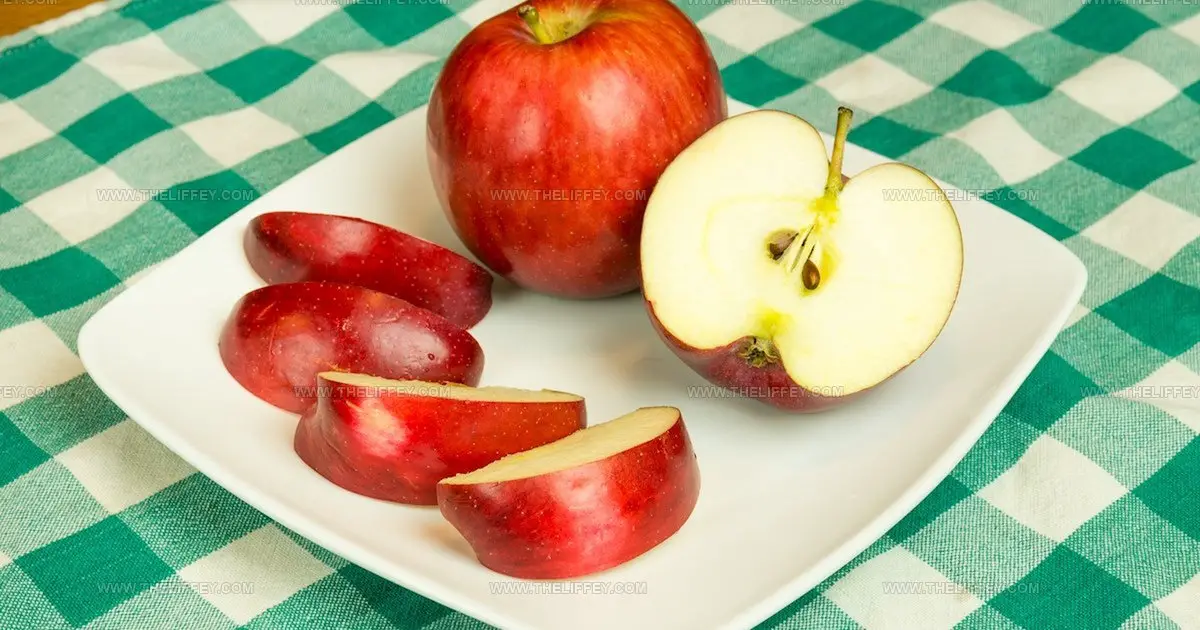
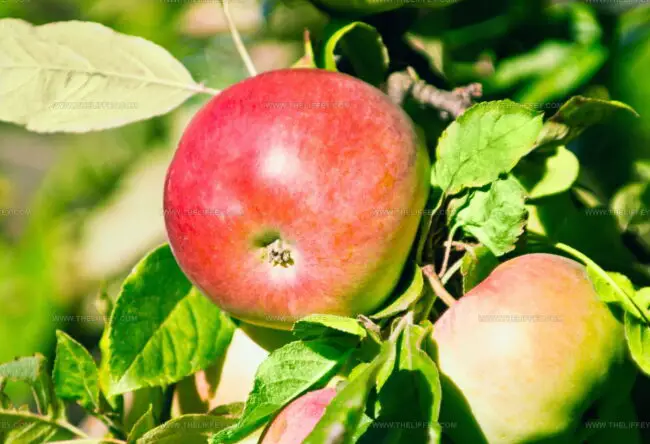
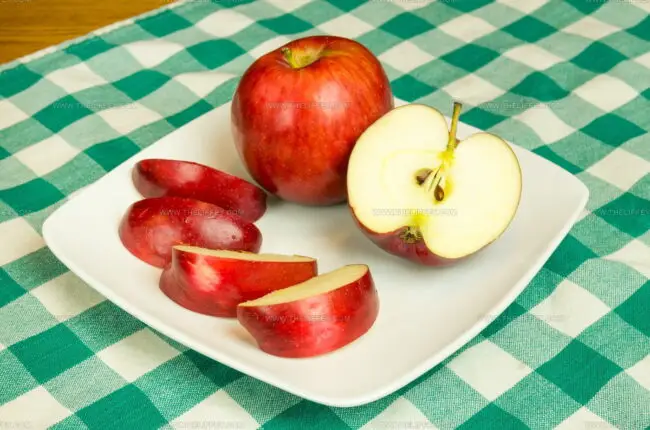
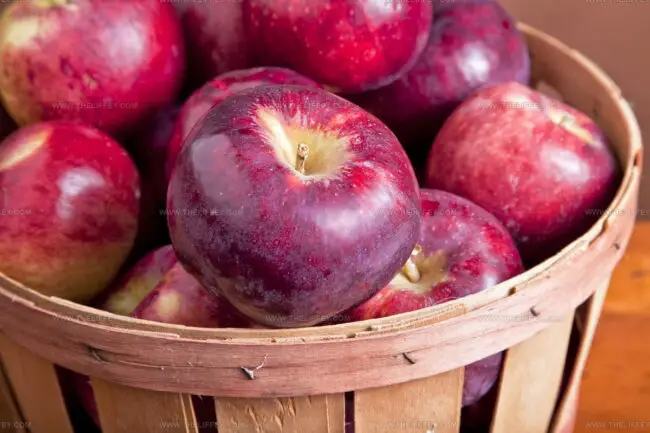
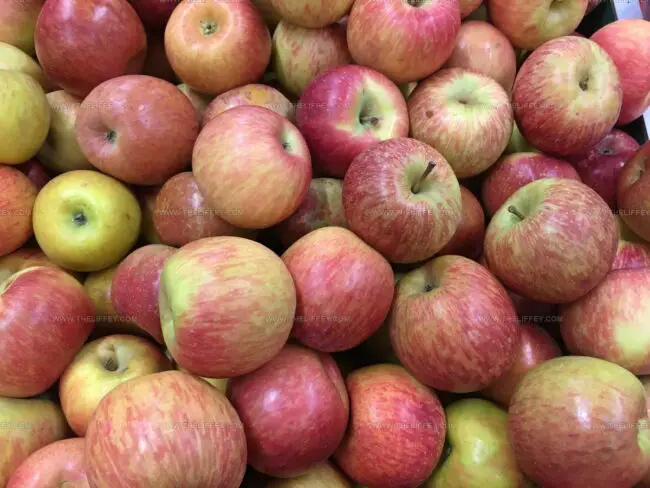
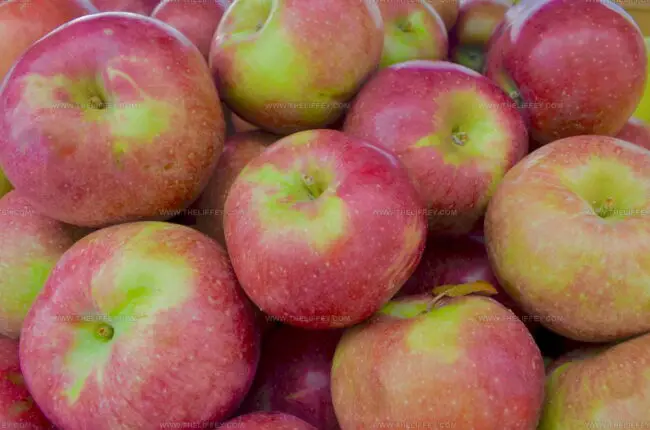
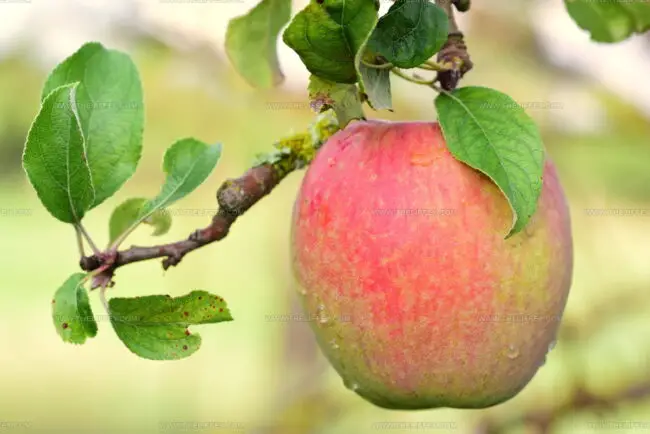
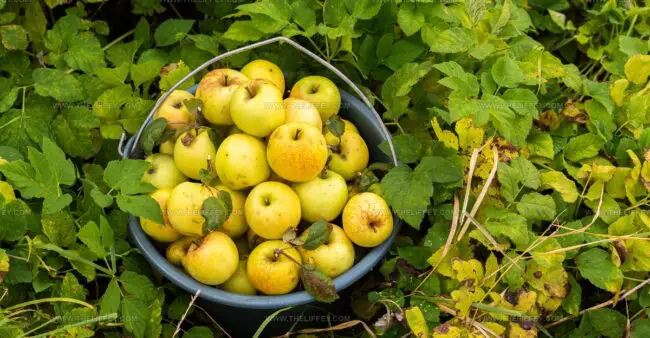
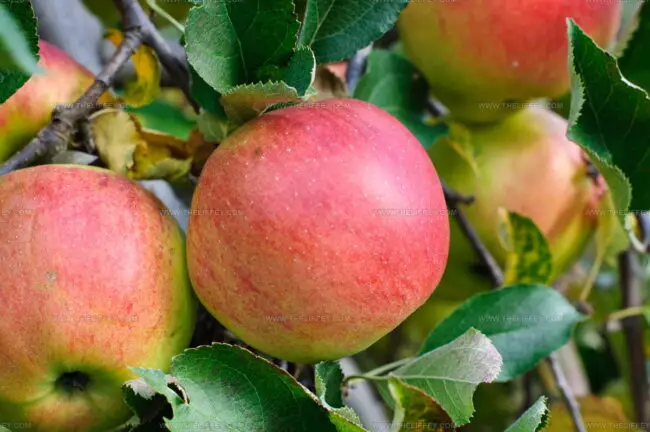
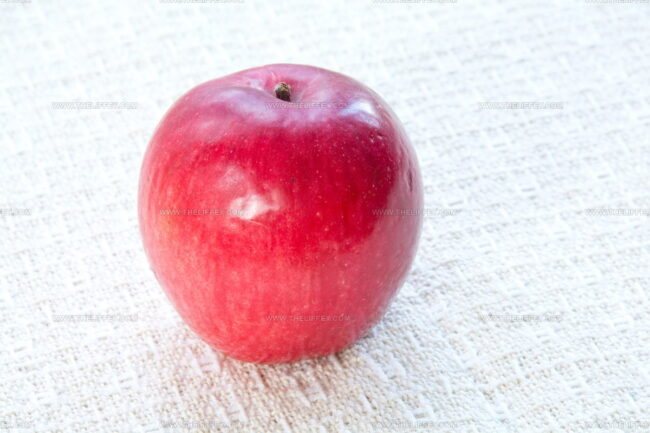
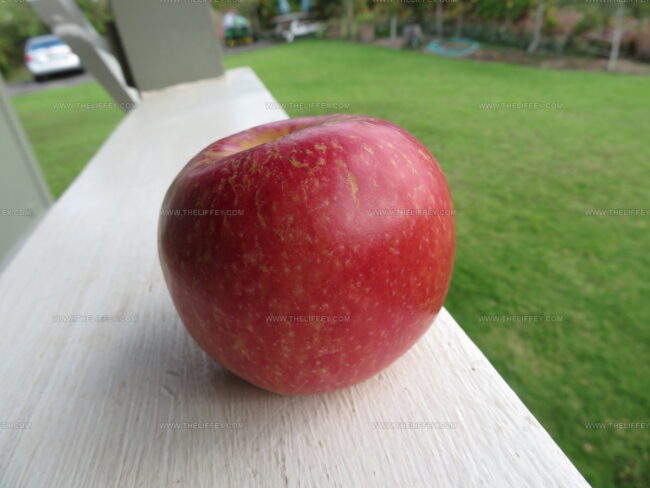
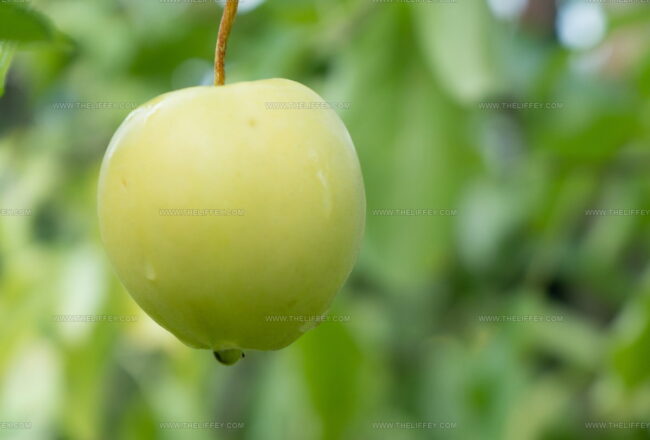
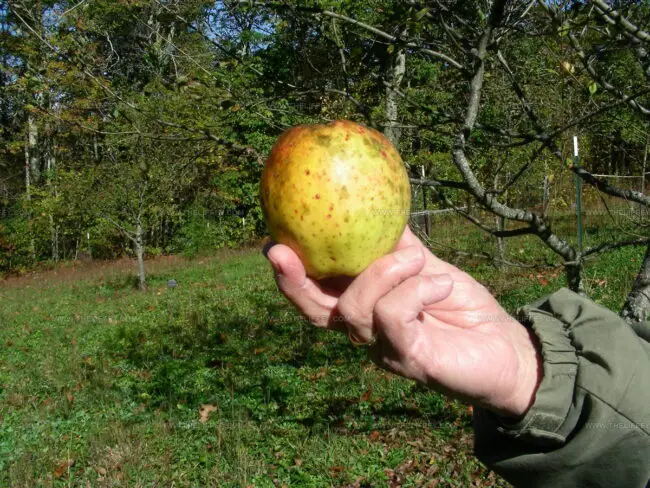
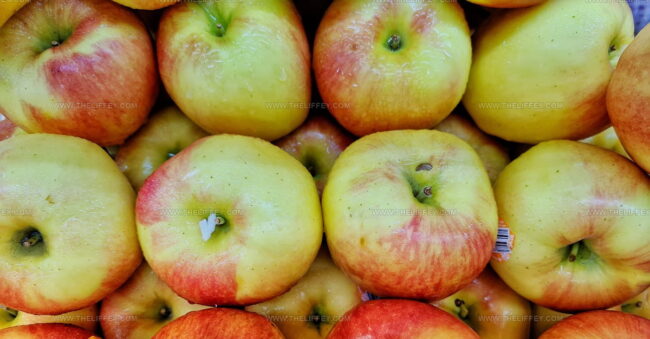


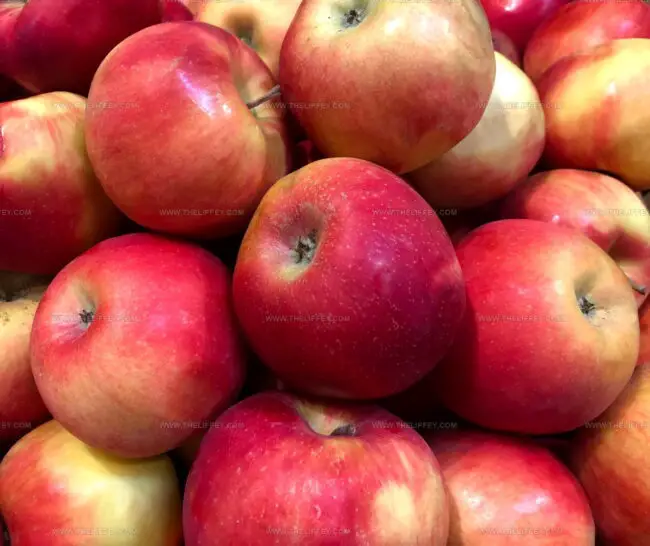
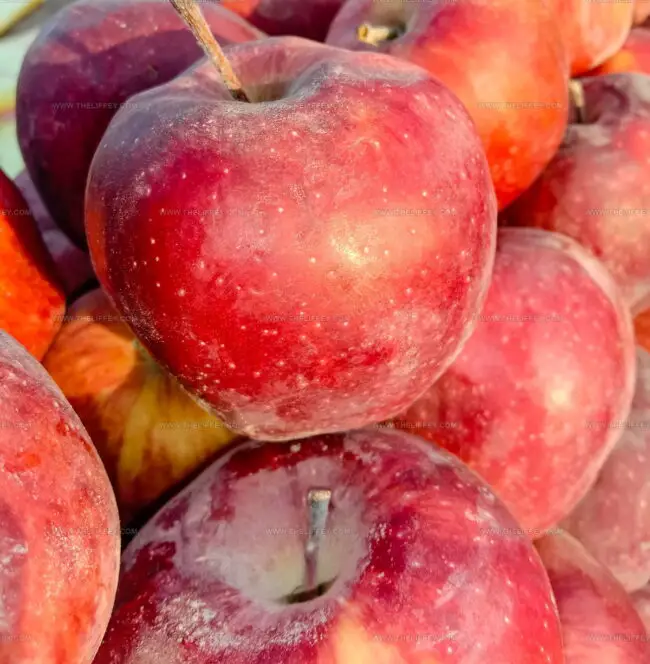

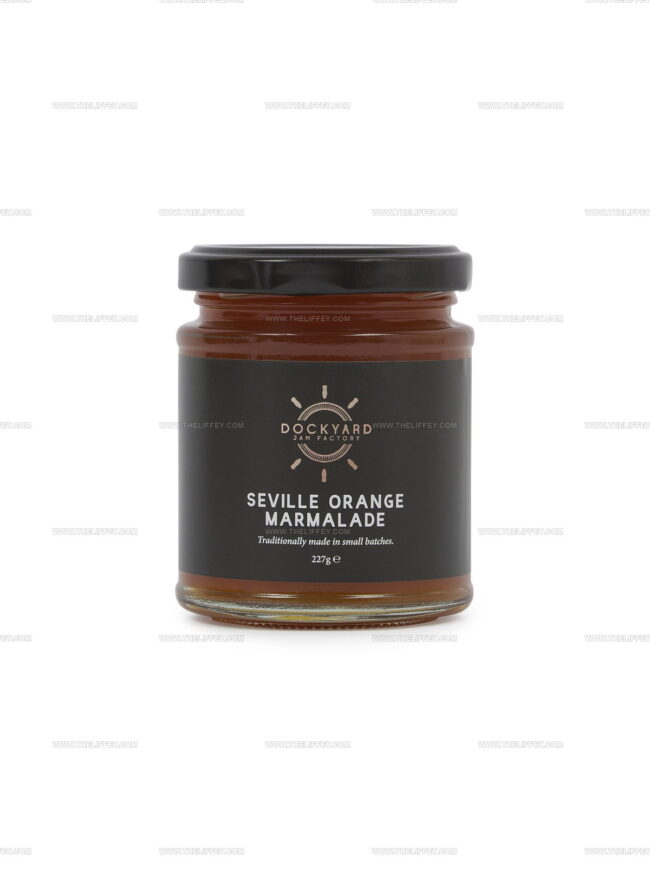
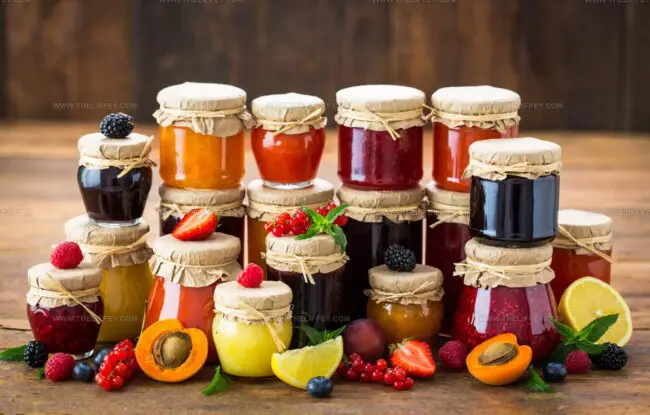
Amanda Bennett
Recipe Curator & Culinary Educator
Expertise
Baking and Pastry Arts, Recipe Testing and Development, Culinary Instruction, Food Styling and Photography
Education
Asheville-Buncombe Technical Community College, Asheville, NC
Diploma in Culinary Arts
Emphasized practical cooking skills, nutrition, and kitchen management.
Cambridge School of Culinary Arts, Cambridge, MA
Certificate in Professional Pastry Arts
Specialized in baking techniques, dessert presentation, and flavor profiling
Amanda’s roots run deep in the Southern hills, where every meal started fresh from the garden and every dessert came with a story. She trained at Asheville-Buncombe Technical Community College and sharpened her pastry skills at the Cambridge School of Culinary Arts, blending classic technique with everyday charm.
At The Liffey, Amanda’s passion is making baking and home cooking feel natural and joyful. She’s all about single recipes that are simple enough for a busy afternoon, but special enough to make someone’s day a little sweeter.